The Big Picture of Developing the Metropolis – from Urban Strategies to Urban Design
Edited on
08 June 2022Our Lead Expert Roland Krebs explains the RiConnect process, which deals with the development our metropolitan areas. Metropolitan city regions are somehow a “black hole” of governance: challenges and negative externalities like urban sprawl, the loss of identity, the ineffective infrastructure and high maintenance cost dominate the discussion. We identified six limitations that hamper the overall development in the framework of metropolitan development. With RiConnect we are developing tools and pilot solutions that our partners manage to solve and are able to roll those solutions out in other parts of the respective metropolitan area.
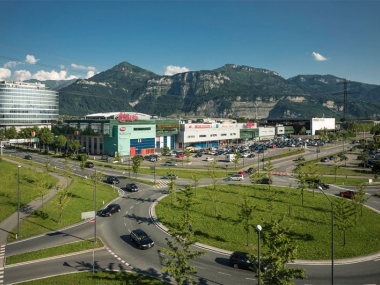
1. Organizational nature of Partners
Our Partners are not municipalities! This means that they cannot directly influence urban planning and urban development in the respective perimeter. The partners are metropolitan agencies that were created to help to structure and develop the metropolitan areas mostly with transit and urban development. Their governing bodies mostly have limited power to influence the planning decisions from the municipalities. The selection of planning sites is already challenging because the RiConnect cities should find partners for development - all partners achieved that by Summer 2021. Some partners like Amsterdam (VA) and Manchester (TfGM) are transportation agencies that are not involved in spatial issues at all.
Additionally, our partners have no direct budgets or funding resources to offer for the development of the Integrated Action Planning sites, however their role is to leverage and initiate development on the metropolitan level. Ideally, they bring great expertise about regional development on the table and help to initiate metropolitan projects. During the Mid-Term Review meeting in Amsterdam, Iván Tosics pointed out that metropolitan areas are ideally governed through a planning agency with certain powers for decisions and funding. However, most of our partners are not equipped yet with those powers. It is important to explore the field of this discipline because negative externalities are mostly produced in the functional metropolitan area.
2. The Metropolitan Dilemma
The main challenge that all partners face is the high share of car traffic in the metropolitan areas, rd. 40 % in average. The goal of most of the partners is to improve public transport in a way that more people use it. In the case of Krakow (KMA), Amsterdam (VA), Manchester (TfGM), Gdansk, Gdynia, and Sopot (OMGGS) the main goal is to improve performance of public transport and improve the surroundings of station areas to beautify those areas and to create centralities around them. Paris (MGP), Barcelona (AMB) and Porto (AMP) are converting highways into urban avenues. Thessaloniki (MDAT) is converting a former military camp into a park in a metropolitan area that has almost no public spaces to offer. For all projects the partners should establish partnerships at local level. The metropolitan areas in general lack of meeting places and places where residents meet, mingle, and stay in the area. One partner pointed out that the planning area they are working on is lacking well-maintained meeting places where people want to be and not to run away from.
Another challenge is the low-density patterns (of built-up areas and people) in metropolitan areas. Those areas are lacking urbanity and social life. A common idea among the partners is the creation of new centralities with mixed-use or recreational patterns, with commercial and non-commercial use to add value to the segregated ‘non-places’ and convert them into ‘places’.

Our main topics of RiConnect, Source: Milagros Hurtig, superwien
3. Multilevel Governance
There is a certain challenge to govern the metropolitan scale, the local scale, and the social layers. The partners need to establish cooperation with the municipalities, but it is hard to find solutions that satisfy all. Ideally, the central government sets a legal framework that clarifies a vertical chain of responsibilities that gives powers to the metropolitan agencies. At RiConnect, only Paris (MGP) has such responsibilities. All partners must ensure that cooperation takes place between adjacent municipalities in functional urban areas. For most of our partners, the development of the Integrated Action Plans is a pilot to develop inter-municipal territorial strategies to align policies and interventions.
In some cases, like the one in Gdansk, Gdynia, and Sopot (OMGGS) there is no unified parking policy, and the public transport offer is poor. All solutions should be connected in one system, providing information constant and in real-time - it would allow tourists to have a choice and they would have confidence that options work. In another case like the one at Thessaloniki (MDAT), a new park in the municipality of Kalamaria in the metropolitan area of Thessaloniki will be built. The investment has a metropolitan importance but needs to be implemented on the local level. A good coordination of planning and design is needed, also regarding the funding of those projects.
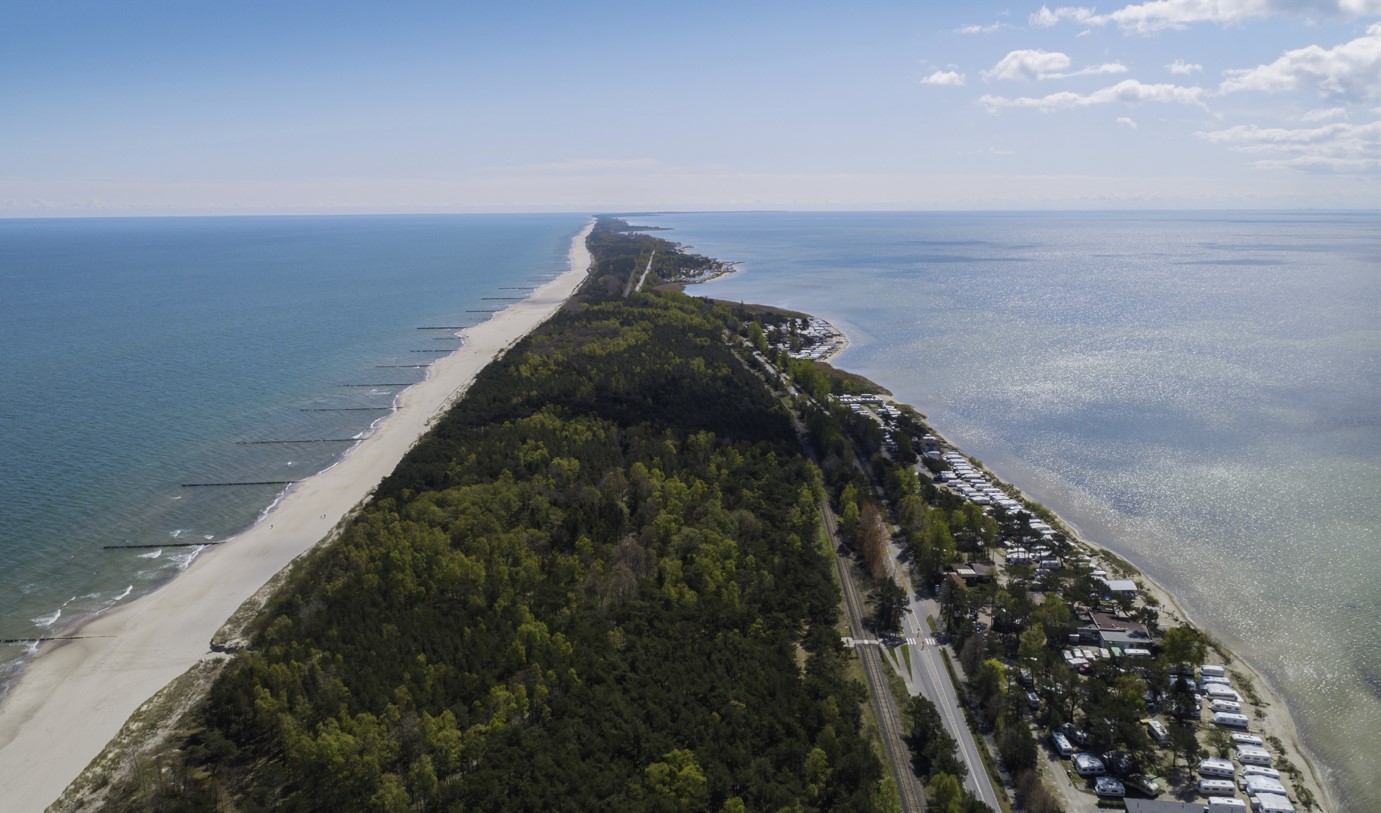
Seeking sustainable solutions for unsustainable mass tourism
4. Integrated Approach
The Integrated Action Plan is a pilot project for all our partners on how to develop a strategic place-based solutions with an integrated and multisectoral planning approach. The area selected for Barcelona (AMB) comprises four municipalities and the Catalan government as owner of the National Road. The integration of the economic, social, and environmental dimension in the planning is complex, however it is necessary to join up solutions on all levels and minimize the effects of negative externalities.
In general, the metropolitan level is an excellent area of action for coordination and cooperation between different teams of municipal offices and align dimensions like environment, economy, mobility, culture, social aspects. Small scale projects are excellent to test and embed project ideas on a local level and to satisfy residents' needs to connect with those above-mentioned dimensions of sustainability.
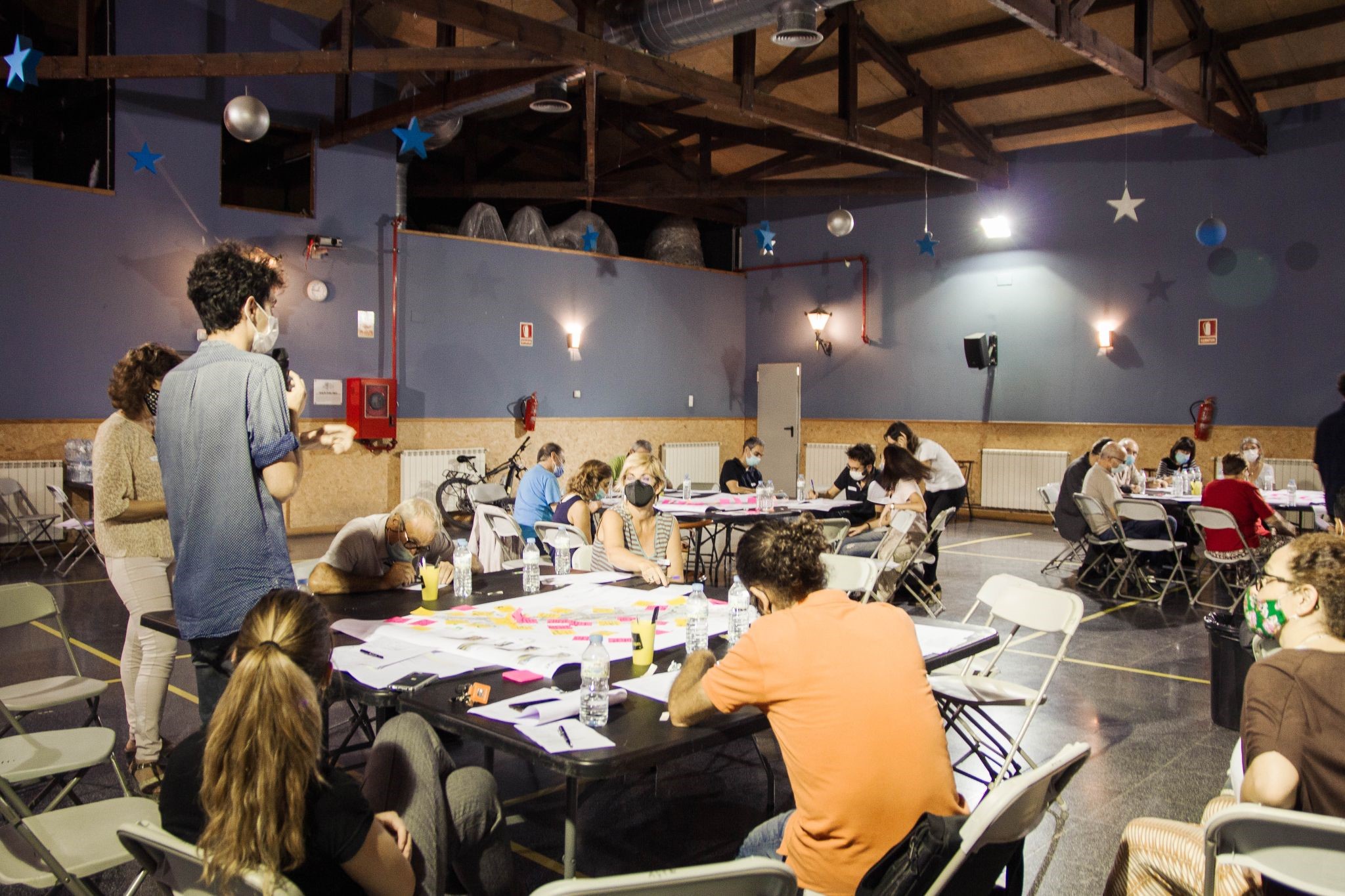
The solution is the dialogue with the residents and work on the site Source: AMB
5. Participation and the Stakeholder Dialogue
At the metropolitan level it is hard to organize participation because the actions are decided and implemented on the local, municipal level. Therefore, it is important to establish a good relationship with the municipalities. There is a need to establish one voice between stakeholders and the Local Groups. To get active on the local level, practical meetings between stakeholders are necessary. However, sometimes it is hard to find the local leaders. Dialogue-oriented planning sessions enable the generation of local ideas with metropolitan impact. Due to the complexity of challenges and potentials, participatory planning processes like charrettes and local think-tanks and urban labs enable new solutions.
There is an opportunity through the implementation of small-scale tactical urbanism actions to engage better with residents. We need to involve more the inhabitants in the planning process and ensure the diversity of the consulted public (social category, age, gender etc.). Citizen participation would enable to spot more short term and soft actions. We also need to develop more actions on sectors where no hard intervention is planned (promoting energy efficiency on buildings).
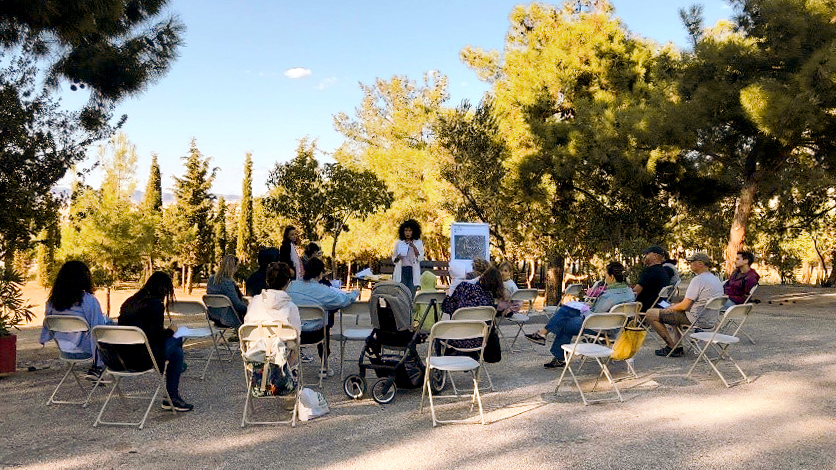
Co-creating the new metropolitan park in Kodra municipality. Source: MDAT
6. Funding metropolitan projects
In general, for small municipalities it is hard to finance projects with metropolitan impact. Therefore, it is unlikely that they implement metropolitan projects with their own budgets. A solution could be to show good ideas to regional and national government and start acting in steps with small projects and not waiting for big infrastructural projects to come. Those seed projects might start with placemaking interventions – like Barcelona (AMB) closed the avenue that runs within the planning site in four municipalities for the traffic on a Sunday and people could use the street for walking, cycling, and playing.
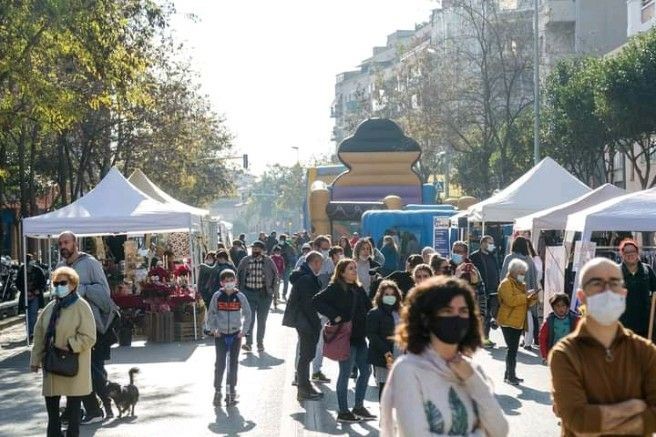
Share the ideas with the residents and include them in small-scale actions. Source: AMB
As the New Charter of Leipzig proposes, urban transformation shall be triggered through integrated urban development, with a place-based, multi-level and participatory approach. In our RiConnect network we believe in the vision of the ‘place-based’ solution, because only small and beautiful interventions will improve the metropolitan areas. The creation of livable spaces where people can enjoy their environment with leisure, job opportunities is connected to a city of proximity and mixed-use. This can be only reached through multi-level governance and coordination combined with the activation of residents and activists. We at RiConnect we are confident that place-based, small and human-scale solutions are a good way to develop and transform the metropolitan areas into livable areas with new centralities that are better connected through active mobility infrastructure. These are topics that are also part of the New European Bauhaus, an initiative that principles we’ll integrate in our work.
Cover image: A metropolitan “dream” – the roundabout and the shopping mall. Source: City of Innsbruck
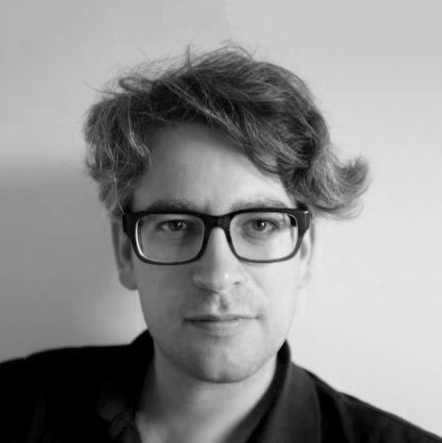 Submitted by Roland Krebs on
Submitted by Roland Krebs on
